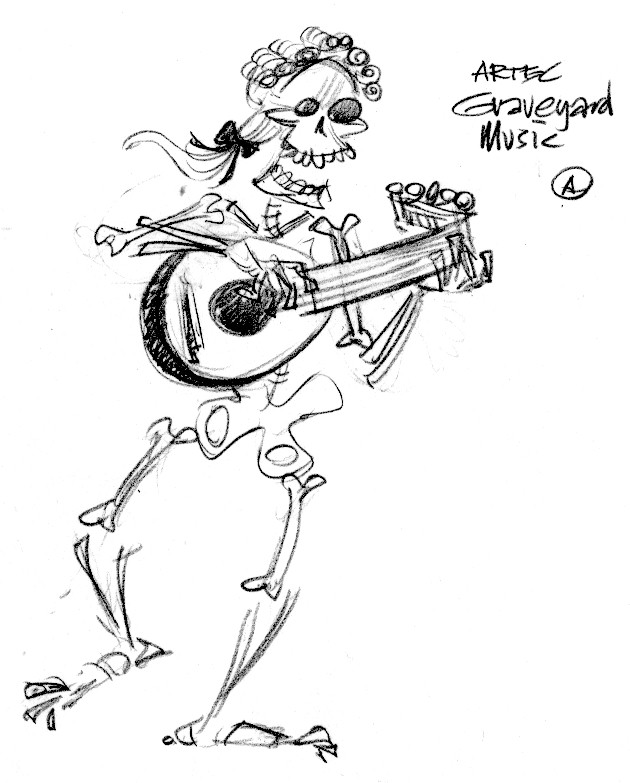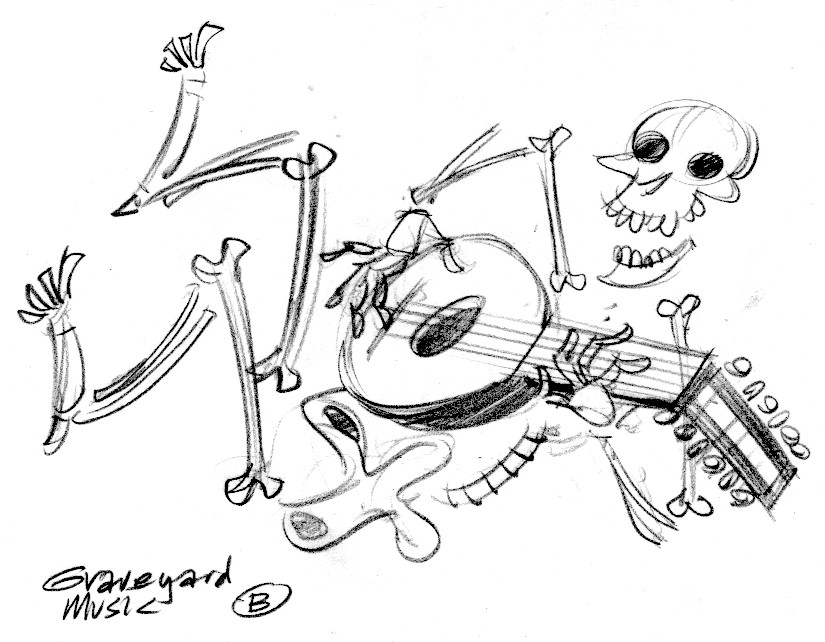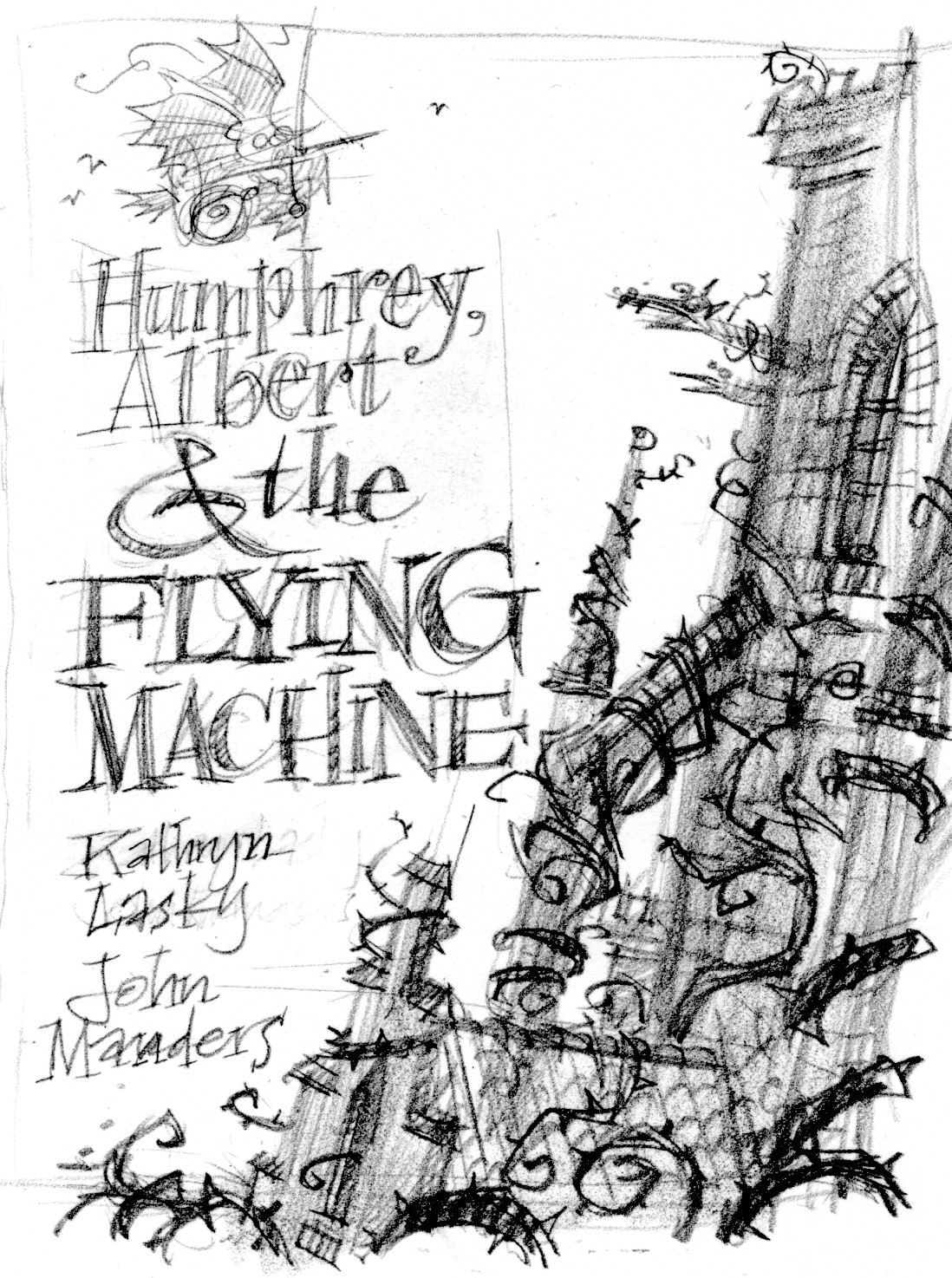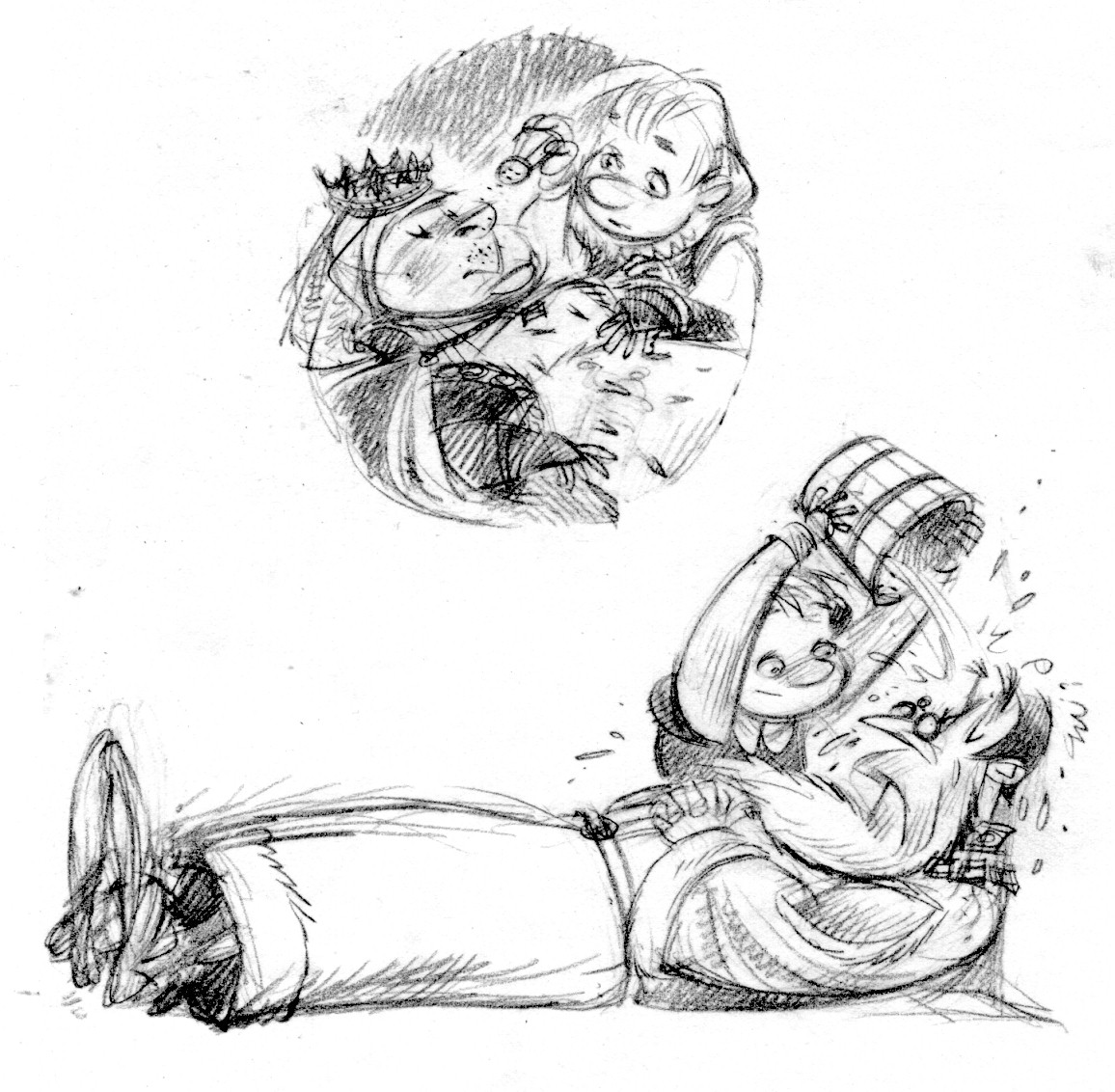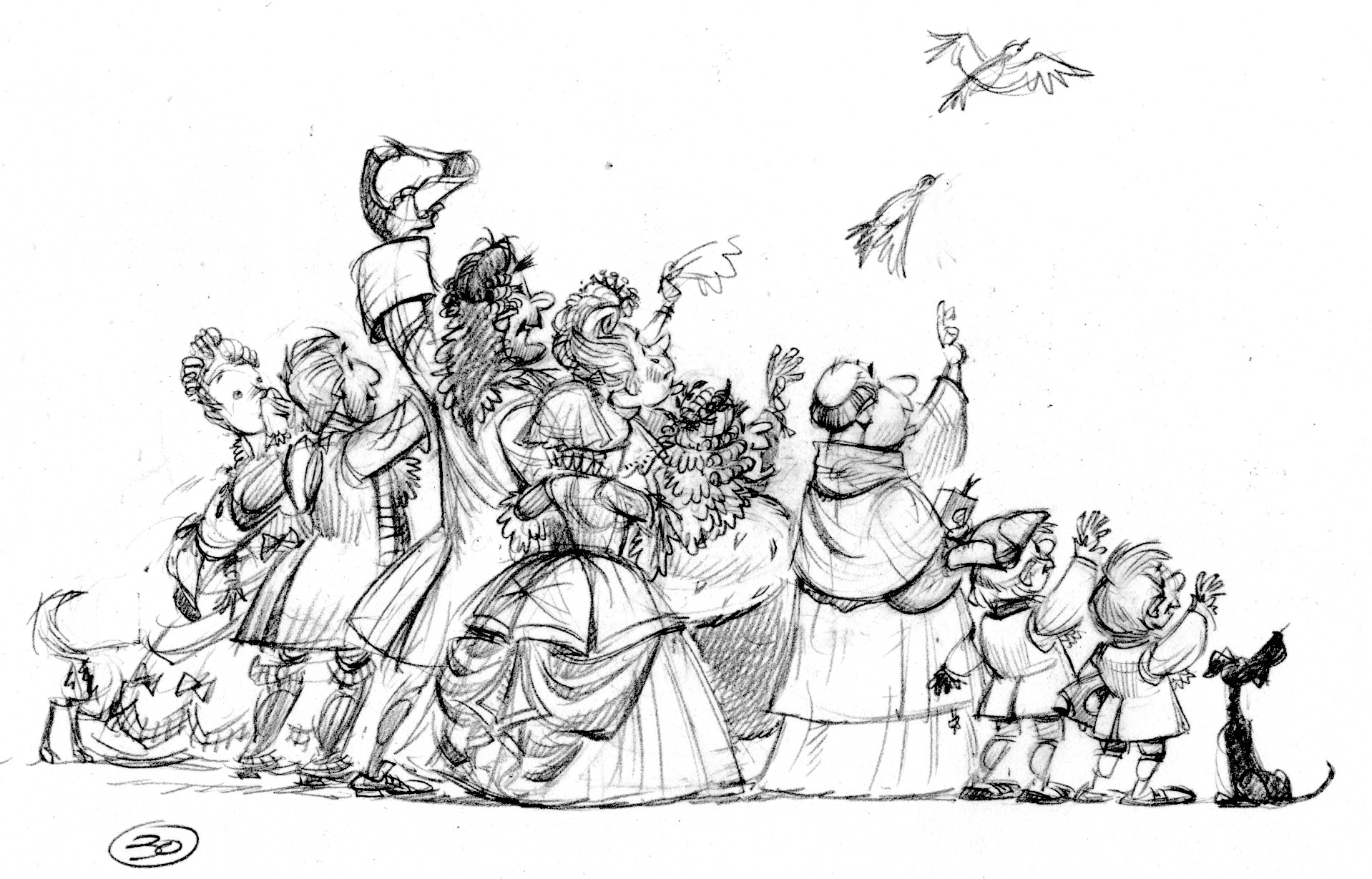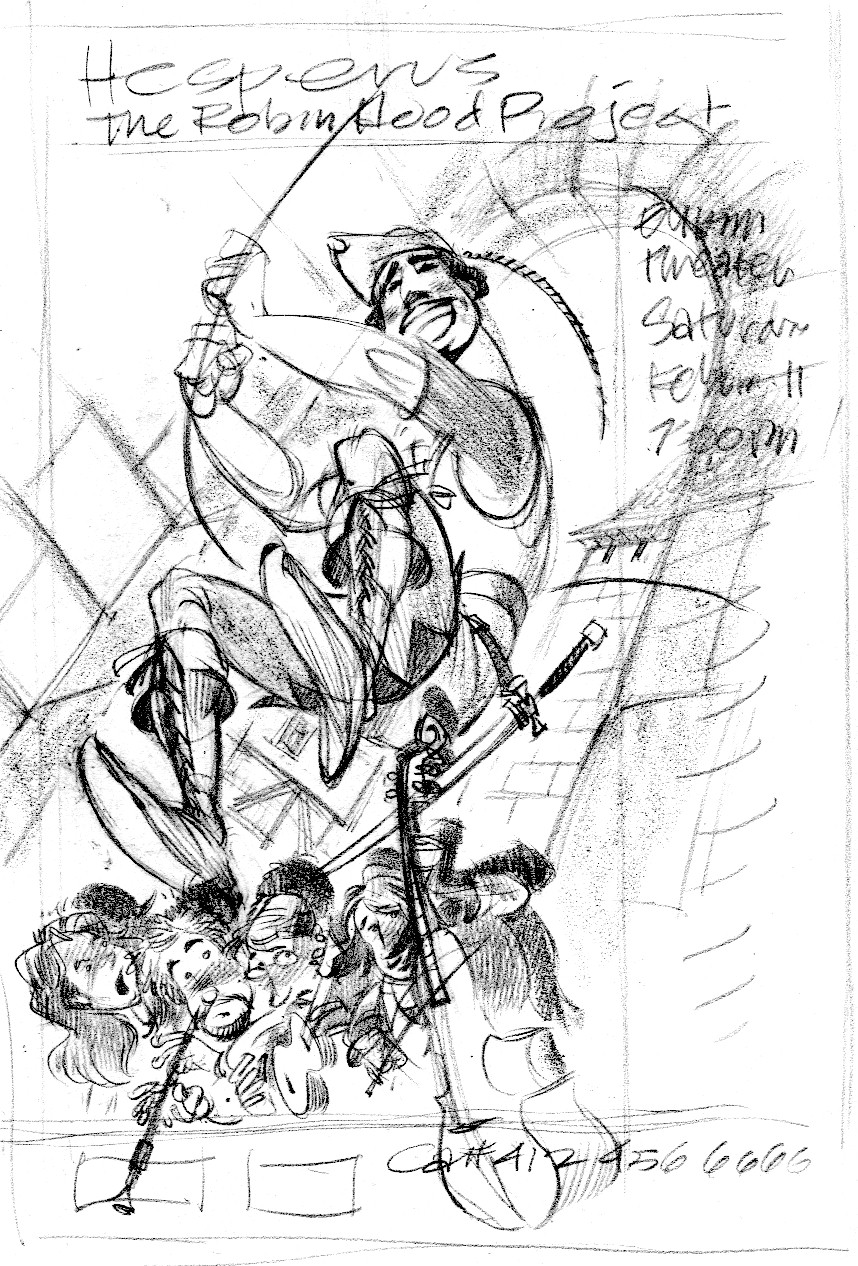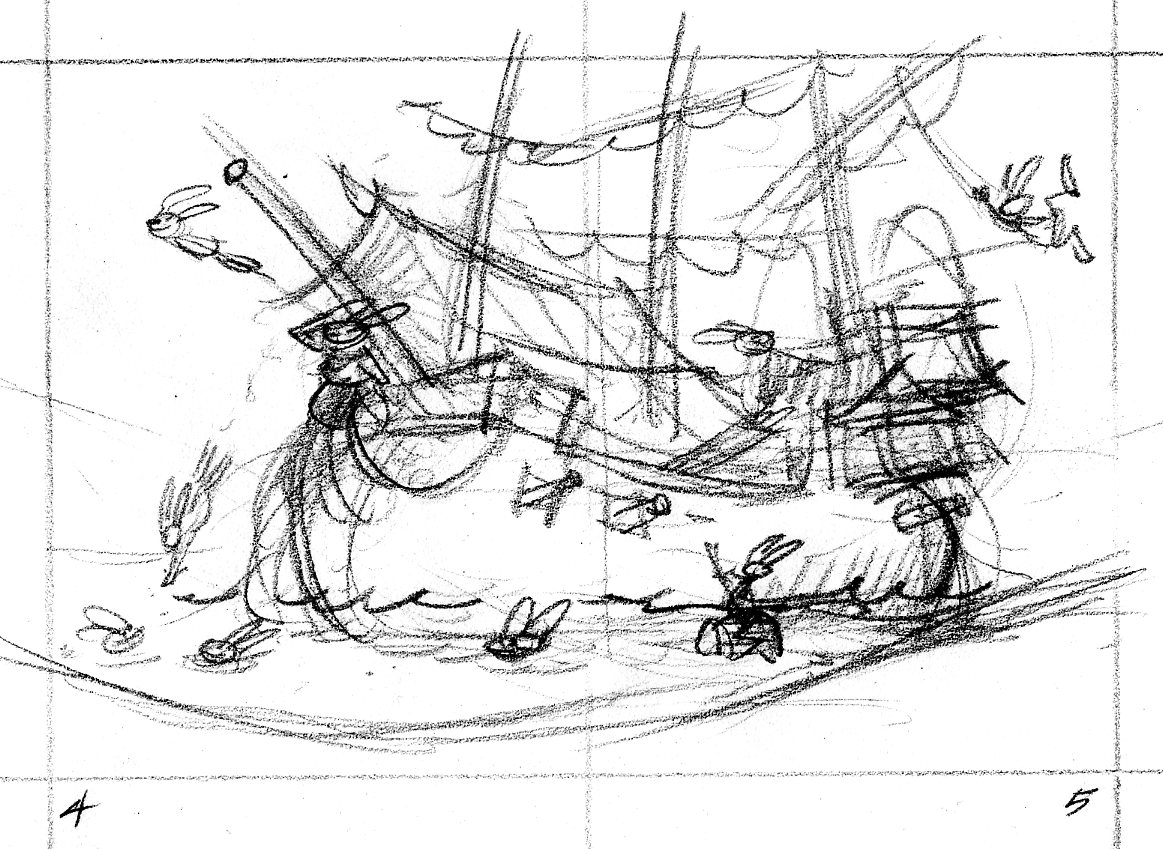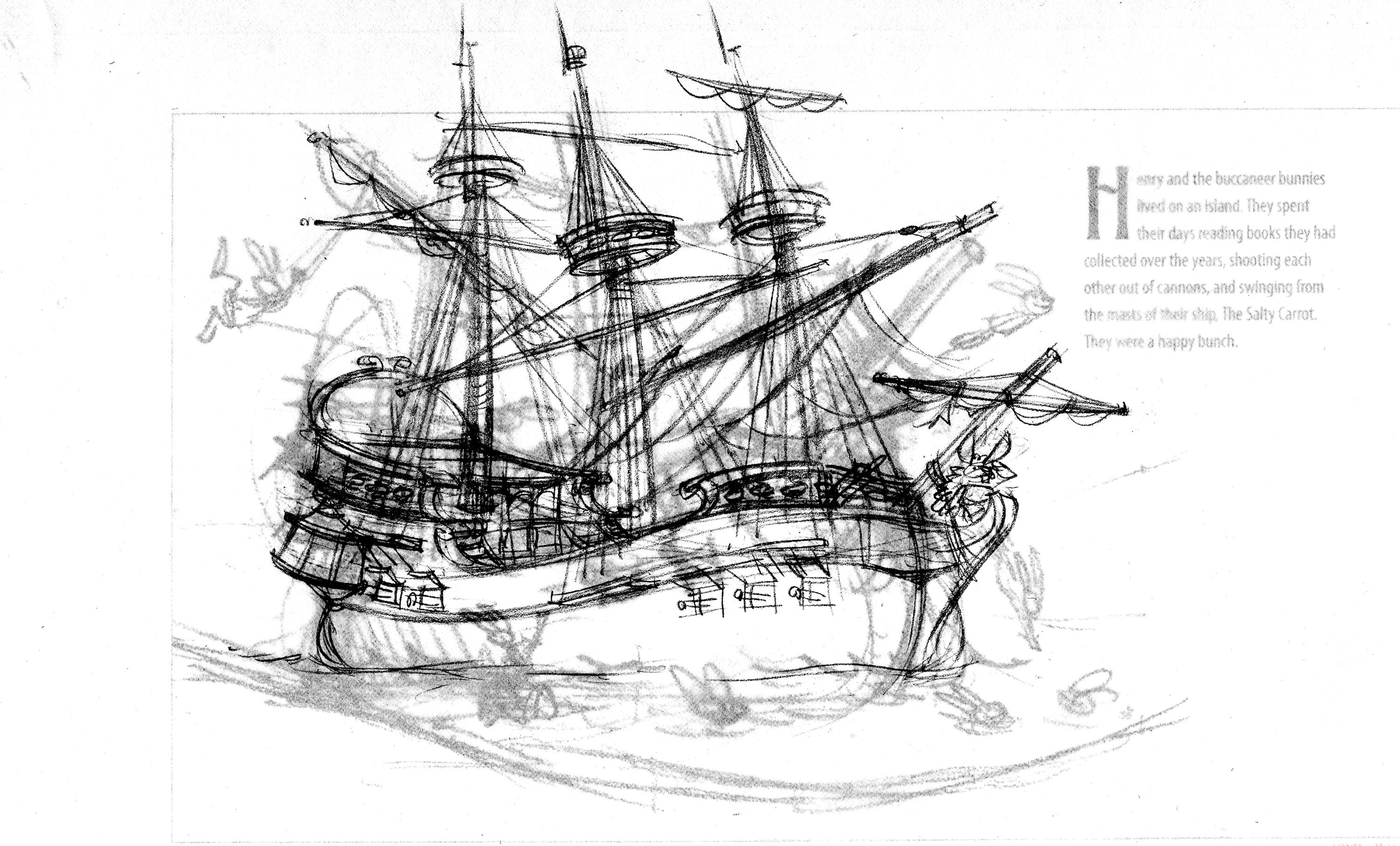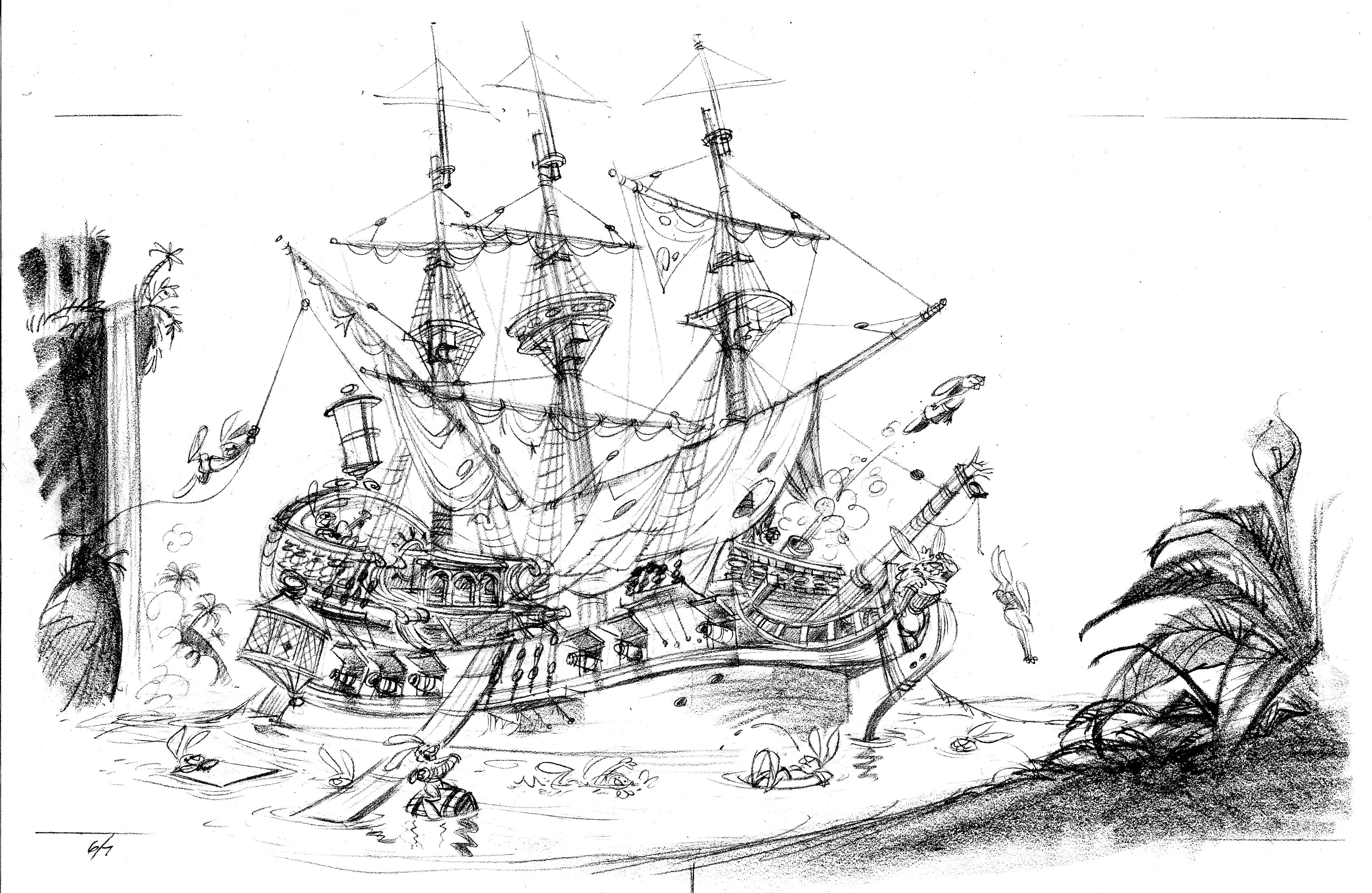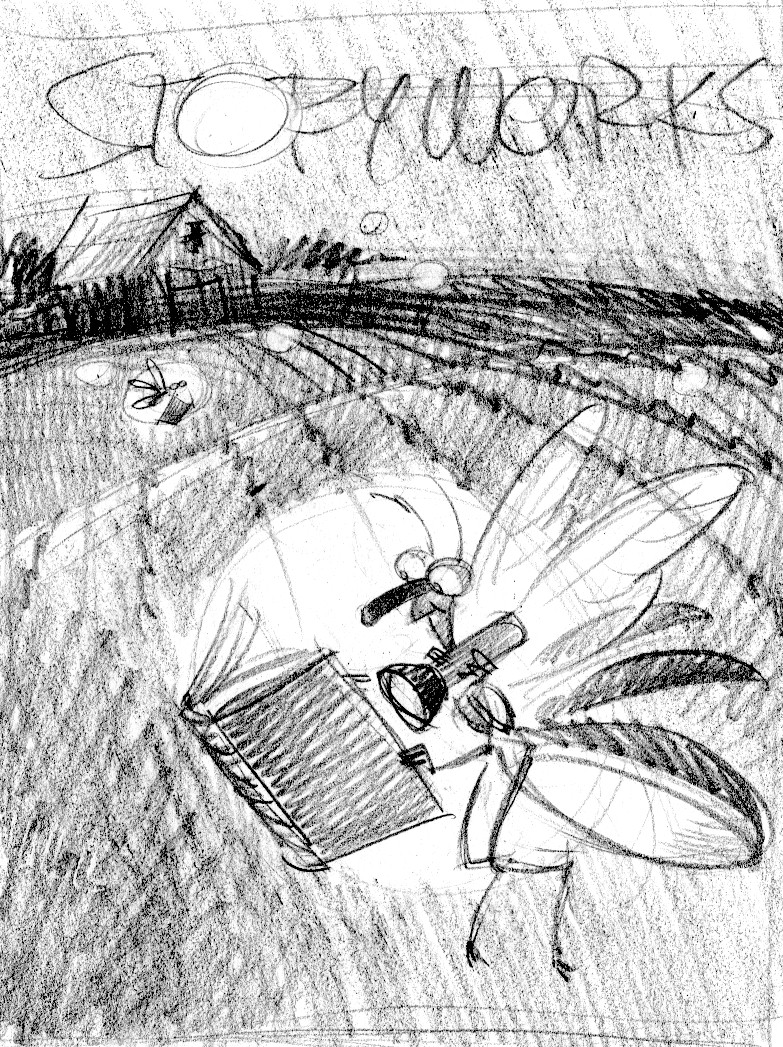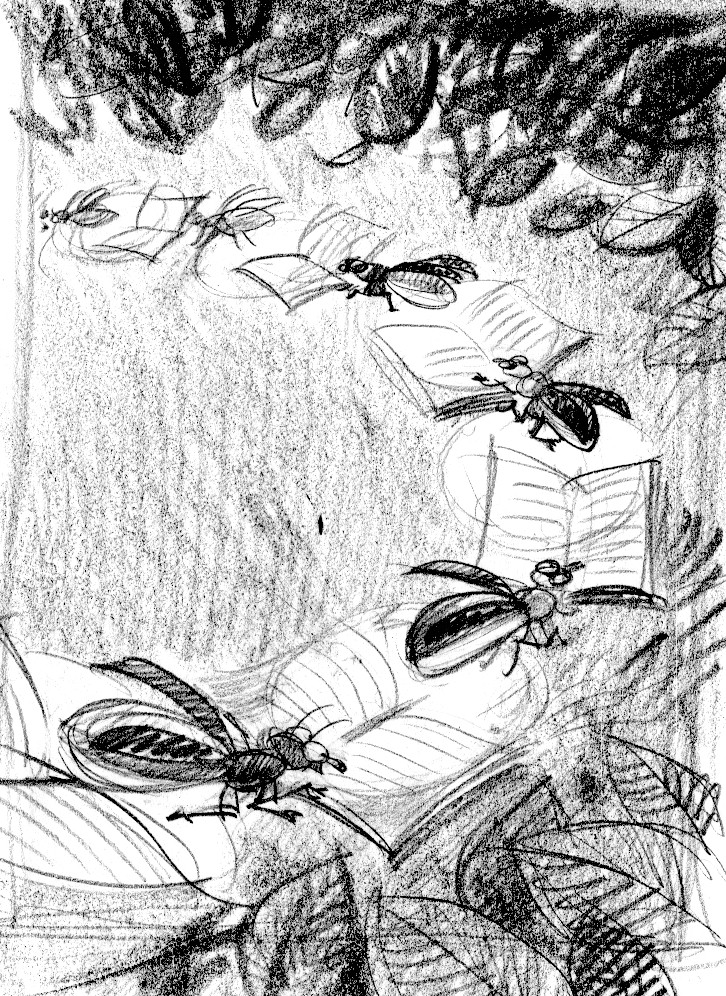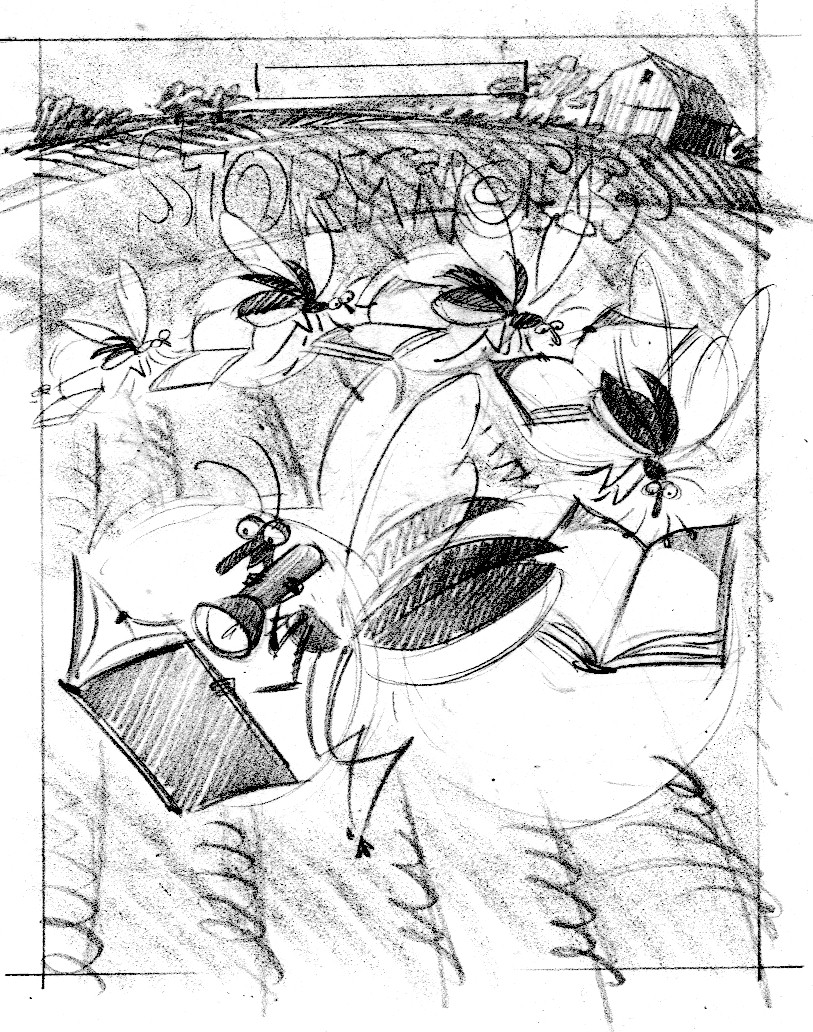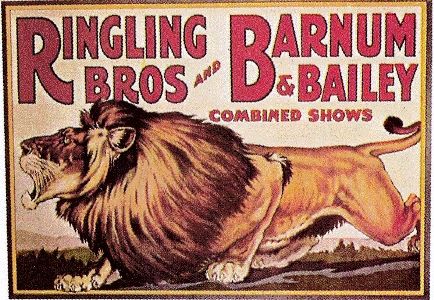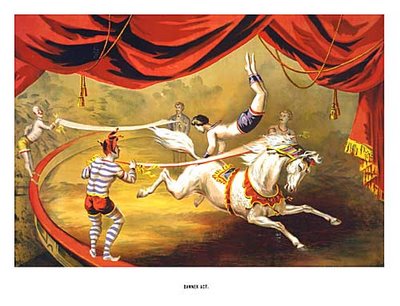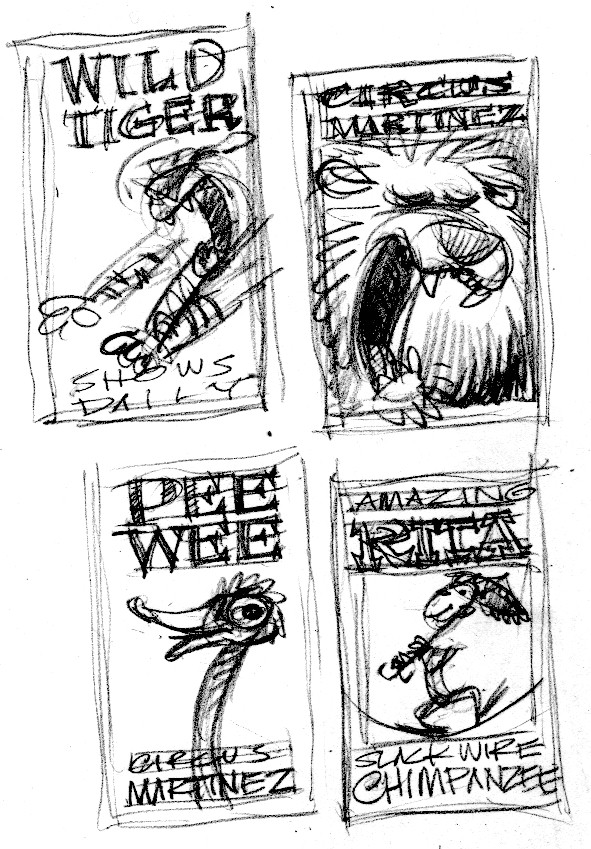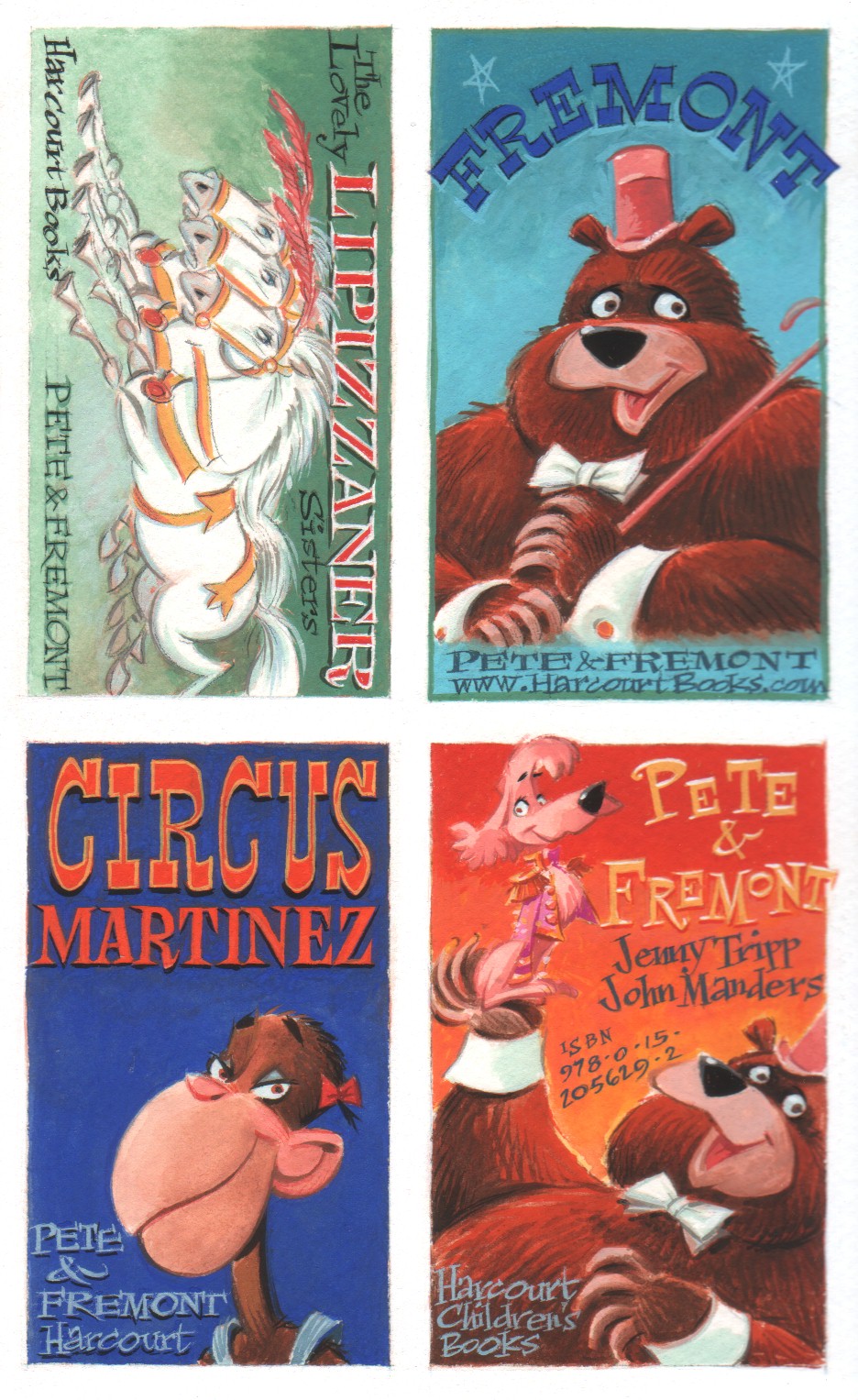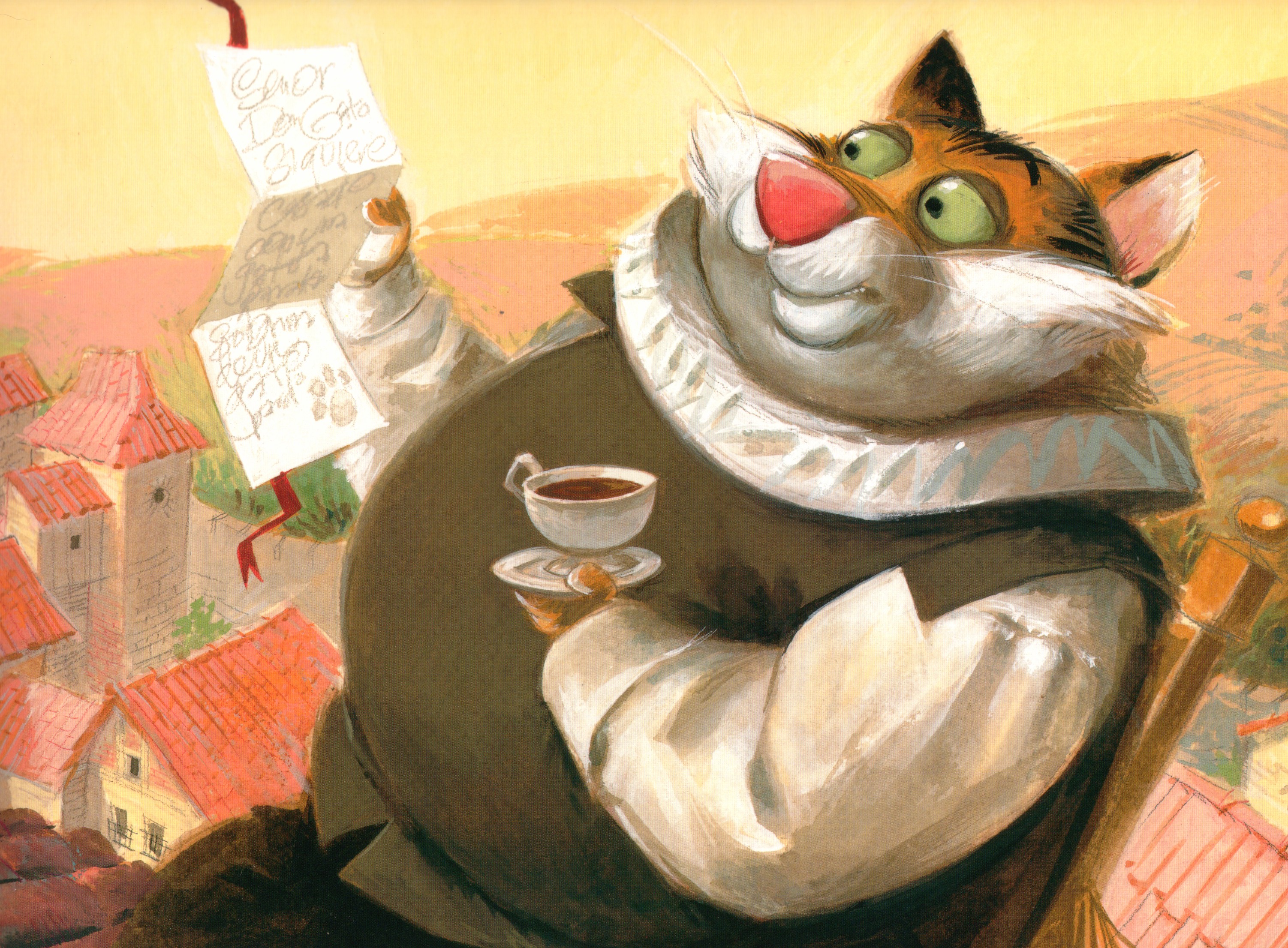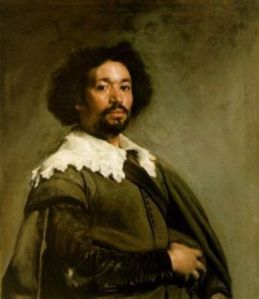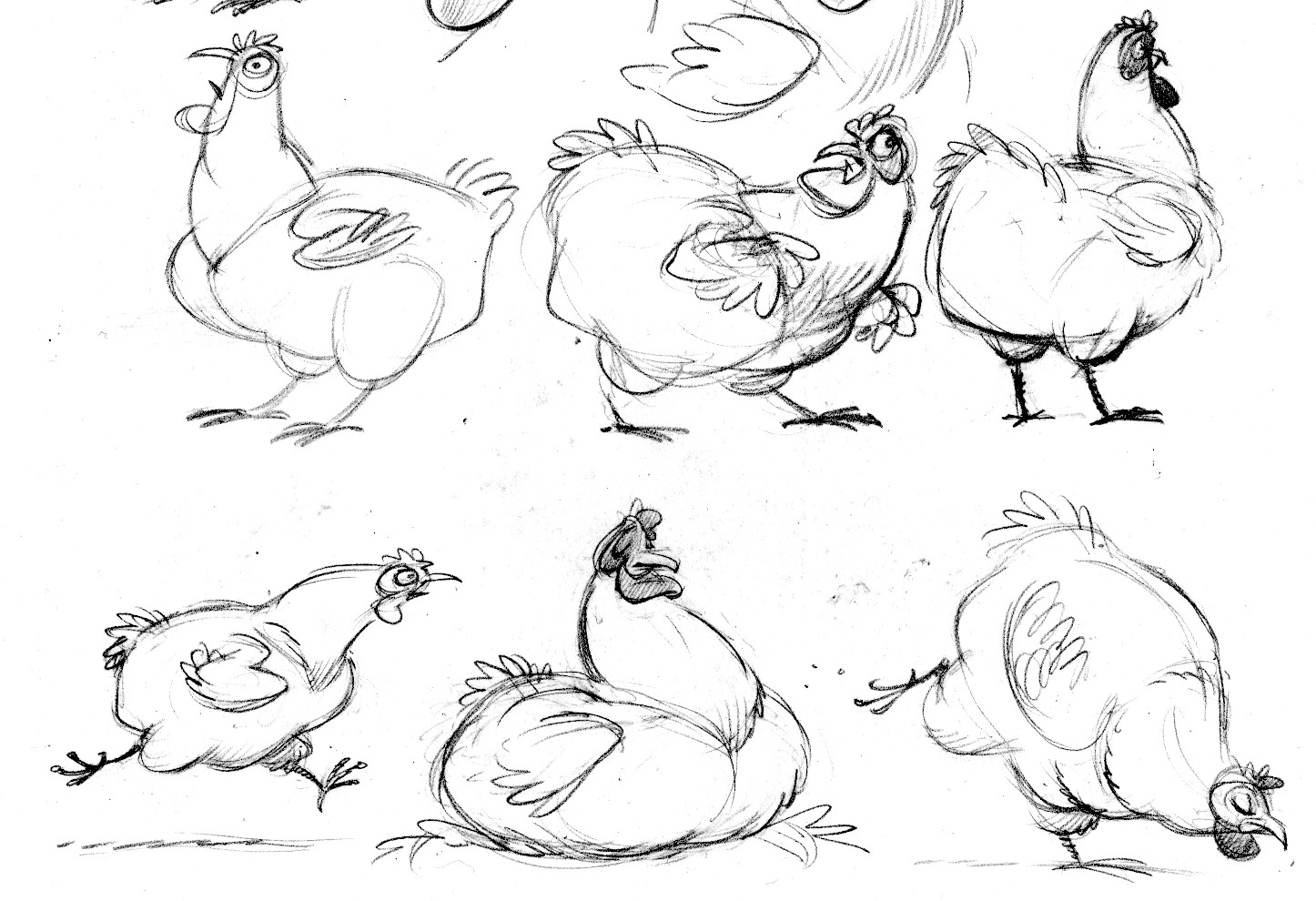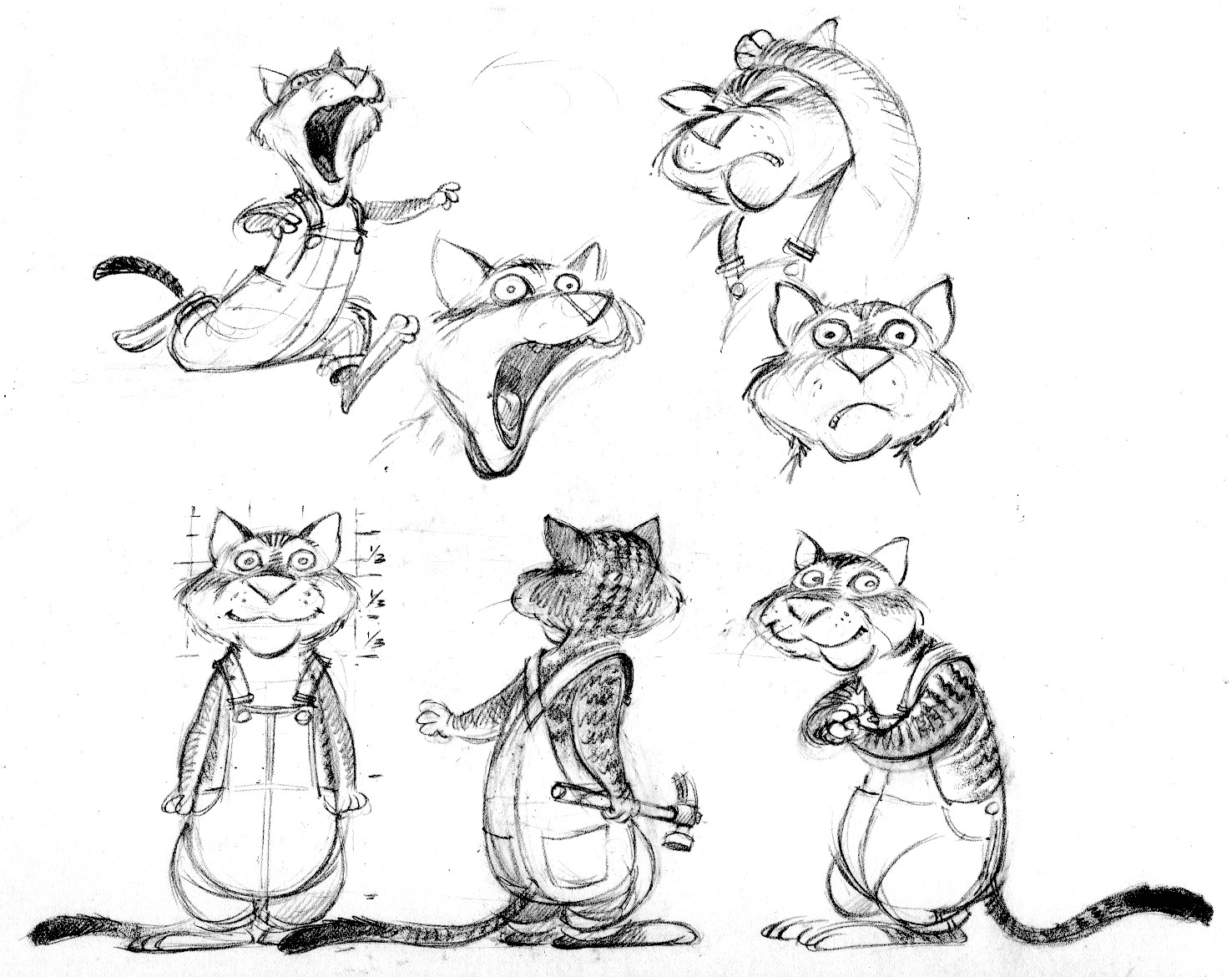Weird sisters

“Double, double toil and trouble; Fire burn, and cauldron bubble.” Macbeth (Act IV, Scene I).
I did this painting as a self-promotion piece a few years ago. Promotion is critical to any business; it’s especially important to illustrators. We are, by and large, self-employed: we work for ourselves. We operate on small budgets, so we’ve got to be clever about how we let the world know we’re here.
This image appeared in a creative directory, Picturebook. A creative directory is a catalogue of illustration (or photography) that comes out once a year and is sent to art buyers, like art directors. The art buyers receive the directory for free. The illustrators featured inside the directory paid for their page. That fee covers the cost of producing and distributing the directory to the art buyers.
Most creative directories cover a spectrum of markets, from editorial to advertising. Picturebook concentrates on just one slice of the illustration market: children’s books. A page in Picturebook works more effectively for me because it goes specifically to the audience I want to reach. So far as I know, ad agency AD’s don’t receive Picturebook.
Incidentally, this lovely image is available as a print.

